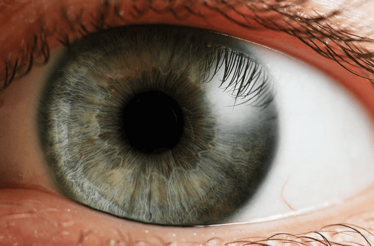The Eyes Have It
For the first time, stem cell therapy has been recommended for use in Europe
Ophthalmology has been a big focus for stem cell research in recent years, so it’s no surprise that the first stem cell therapy to be approved in Europe will be for use in the eye. In December, the European Medicines Agency (EMA) recommended approval of HHoloclar, a cell therapy produced by Italian company Chiesi, that treats limbal stem cell deficiency, which can cause blindness if left untreated.
Limbal stem cells are found at the edge of the cornea and, in the healthy eye, generate new corneal cells to replace those lost by wear and tear. When limbal stem cells are depleted, often due to an injury, the cornea cannot regenerate and becomes scarred and eroded. The new treatment benefitted from the EMA’s orphan drugs program, which allowed the manufacturer to claim several rounds of free scientific advice.

Holoclar is produced from a small biopsy that is taken from an undamaged region of the cornea. Limbal stem cells are extracted from biopsy and cultured in the lab, before being placed back onto the eye, where they regenerate the cornea. The treatment has been shown to improve vision in 80 percent of patients. And because Holoclar uses cells derived from the patient’s own damaged eye, there are no concerns about immune rejection or damaging a healthy eye.
The approval will come as welcome news to several other groups that are working on stem cell therapies for age-related macular degeneration and glaucoma, both common causes of blindness.

As an Editor at Texere, I’m working closely with our audience to create vibrant, engaging content that reflects the hard work and passion that goes into bringing new medicines to market. I got my start in biomedical publishing as a commissioning editor for healthcare journals and have spent my career covering everything from early-stage research to clinical medicine, so I know my way around. And I can’t think of a more interesting, challenging or important area to be working in.



















